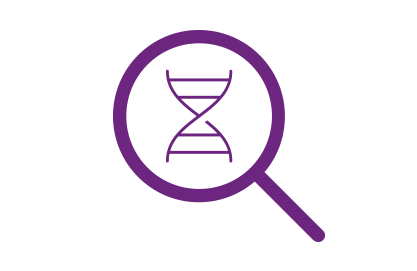Cancer vaccines are a promising avenue for immunotherapy development. Like other vaccines, they often utilize rational design by in silico modeling for epitope identification and selection, but in vivo confirmatory testing is frequently required to confirm immunogenicity by the human immune system.
Transgenic mice that express chimeric human HLA molecules are powerful tools to evaluate cancer immunotherapy, such as cancer vaccines, in several ways. Examples are the evaluation of HLA-restricted CTL epitope responses in vivo, determining the immunogenicity of novel cancer vaccines, and testing expansion of T cells and therapeutic efficacy.
Cancer vaccine demonstrates anti-tumor efficacy in tumor model using HLA-DR4 mice from Taconic Biosciences
In 2016, Scancell researchers successfully evaluated the efficacy of their therapeutic SCIB1 vaccine in Taconic’s HLA-DR4 mice tumor model1. This DNA-based cancer vaccine contains multiple tumor-specific epitopes restricted by various HLAs, one of which is the HLA-DR4-restricted gp10044-59 epitope. SCIB1 was previously shown to induce high frequency and avidity CD8 and CD4 T cell responses in HLA-DR4 mice and melanoma patients2,3.
The scientists first sequenced the chimeric HLA-DR4 transgene from Taconic’s HLA-DR4 mice. Next, they expressed this transgene in a C57BL/6 melanoma cell line, B16F1, to create the B16F1-DR4 cell line. HLA-DR4 mice were challenged with 2.5x104 or 1.5x105 B16F1-DR4 cells subcutaneously on the right flank on day 0 and then immunized with SCIB1 bullets via gene gun intradermally on days 3, 7, and 10.
It has been reported that the expansion and function of infiltrating high avidity T cells induced by vaccination could be compromised within the tumor by upregulation of PD-1 and engagement with PD-L1 in the melanoma tumor microenvironment4-6. Thus, anti-PD-1 antibody was also assessed in combination with SCIB1 for anti-tumor efficacy.
This study revealed that either SCIB1 or PD-1 blockage alone resulted in significant inhibition of tumor growth and increased survival of B16-DR4 tumor-bearing HLA-DR4 mice from around 20% to 40% at 60 days post-tumor implant (Figure 1A and 1B). However, combination of SCIB1 and PD-1 blockage led to even greater tumor growth inhibition and further increased survival of these mice up to 80% at 60 days post tumor engraftment (Figures 1A and 1B).
 Key Takeaways
Key Takeaways















.jpg)

.jpg)
.jpg)
.jpg)
.jpg)





.jpg)


.jpg)
.jpg)




.jpg)




.jpg)

.jpg)





